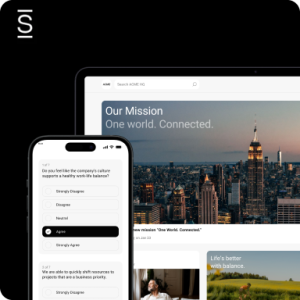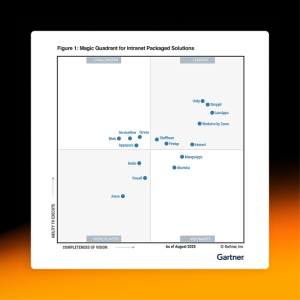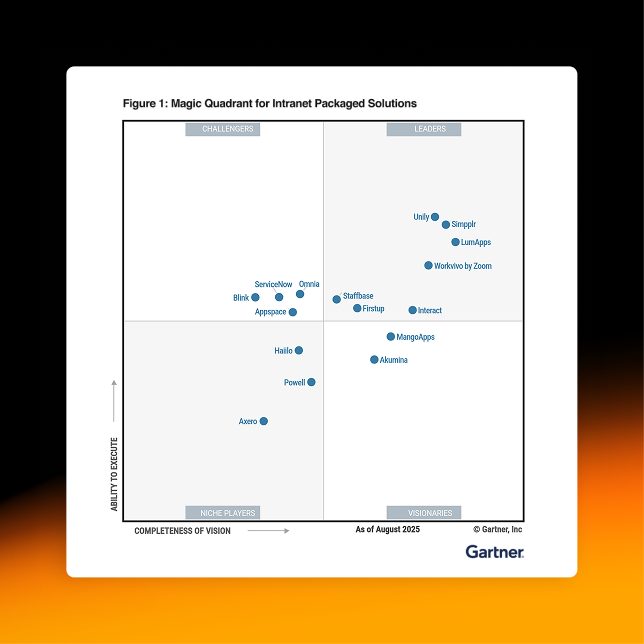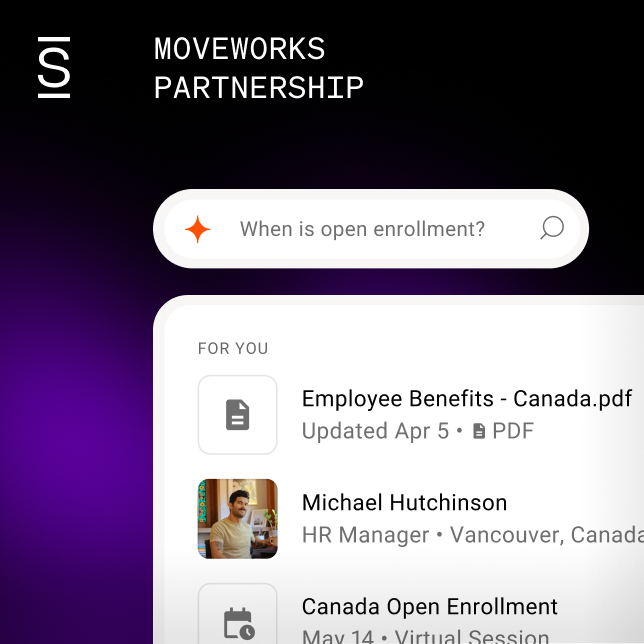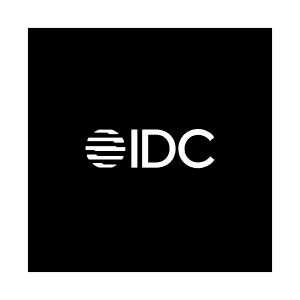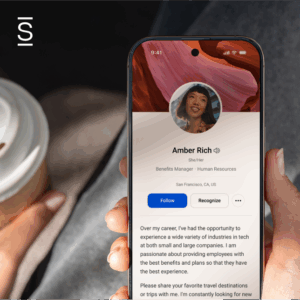There is a thought in tech that there are internal and external goals. And never the twain shall meet. However, at Hubspot, nothing could be further than the truth. In the 13th episode of Simpplr’s Cohesion Podcast, Amanda Berry, Manager of Corporate Brand & Communications and Head of Internal Communications, explored the intersection of company culture and communication with Sophie Hamersley, Manager of Internal Communications at HubSpot.
Hubspot is a leading CRM platform known for helping companies build remarkable customer experiences while providing software and support to help businesses scale. They are known for their marketing, sales, service, and website management products. But even more, they are known for their award-winning workplace culture and employee experience. Recognized by many, such as Great Place to Work, Comparably, Fortune, Entrepreneur, Inc., and others, it was Glassdoor that named them the #4 Best Place to Work in 2021. Hubspot puts employee growth at the forefront. They are committed to creating an inclusive and diverse workplace by abiding by the HubSpot “Culture Code.” It is the driving force not only for their company environment. It is central to all that they do.
“Company culture is incredibly important at HubSpot,” Sophie explained. “Our co-founder released the Culture Code in 2013, which paints a picture of our values, and who we aspire to be. What’s really important to us and what we rely heavily on are characteristics that we hope our employees embody. And those are hearts.”
It is widely known that Hubspot’s power in the CRM and software industry draws its strength from an incredibly diverse, inclusive, and transparent workplace. They offer employees growth and connections, flexibility, and autonomy, essential elements of the most productive work environments. Interestingly, in 2020, Hubspot decided to transition its international company with over 6,000 employees to a hybrid work environment. Sophie and her team focus on a combination of both internal and external communications, which is intentional.
It was critical to Hubspot, Sophie, and her team to keep communication central and transparent for their distributed global employees during the transition. That meant “blurring the lines” between internal and external messaging. While for many companies, this may be counterintuitive. For Hubspot, it is completely natural.
“As you can imagine, communication is critical for people to do their best work for us to reach our mission and our business goals. And truly just how people feel connected to the culture and communications can really make or break that,” Sophie advised.
To accomplish its prioritized objectives, Hubspot focused on optimizing its value of transparency and how they give and get information internally and externally. To aid in the process, they developed their “core buckets” as the centerpiece of their internal communication strategy.
Three Core Buckets of Internal Comms Responsibilities
The first bucket is crisis communications. Sophie and her team are responsible for crisis comms as a part of their role. She and the team handle the employee-facing communications and scenario planning as a part of Hubspot’s commitment to transparency. To make this action possible means a default to updating employees on situations very early and then often.
The second bucket is initiating and supporting executive and leadership communication. Company-wide announcements are essential to leadership teams. To aid in the process, Sophie and the team draft this type of communication for leaders and ensure that people see them in the right places.
The last “bucket” is essentially about collaboration, enablement, and empowering employees. Sophie must provide and promote the correct information and self-service resources for employees to find and share knowledge across the organization. Internal promotion of information is core to company communication. Employees must see the accurate information, but it must be impactful and effective.
The Intersection of Employee Experience, Company Culture, and Employer Brand
Employee experience, company culture, and employer brand are buzzwords of the moment. But what Amanda was highly interested in was how Sophie imagined that these three concepts intersected within the realm of her role and responsibilities.
“They absolutely intersect,” Sophie shared. She explained that the employer brand is really the story that your comms team is telling externally about your company. Specifically, what it’s like to work there. For Sophie, that is everything from managing HubSpot’s life social channels, to their careers page, to where they are showing up in awards, and managing that on an external site.
The compelling piece of this intersection for Hubspot is that all they are professing matches externally and reflects their internal culture. Hubspot wants its cultural message to be why potential employees are drawn to join the company. Then, the candidates or new hires will have an excellent understanding of the organization’s culture before they arrive, guaranteeing a good fit and cultural add to their employee base.
Culture is an absolute for Hubspot. Significant emphasis on an individual’s cultural integration due to the company’s co-founder, Dharmesh Shah’s Culture Code, created in 2013. This “code” goes beyond conduct and values. Hubspot believes as much in its culture as they do its product. Why? They want a company that people not only work at but that they will love.
According to Sophie, the Culture Code paints a picture of their values, which everyone who works at Hubspot aspires to be. “What’s really important to us and what we rely heavily on,” Sophie explained, “are characteristics that we hope our employees embody. And those are hearts.”
The values and characteristics that a Hubspot employee should demonstrate are being humble, empathetic, adaptable, remarkable, and transparent. Company culture is significant to the internal comms side of their company, too. How you communicate to your employees is one piece of that. The other component is how employees communicate and collaborate with each other.
If communication is critical and combining it with their Culture Code, the emphasis of communication goes beyond sharing knowledge. Communication is meant to inspire people to do their best work, enabling Hubspot to reach its mission and business goals while making people feel connected. However, their plan of action involving culture and communications can make or break their process. The exciting aspect of Hubspot is that it melds together into one tremendous goal, which is talking about your company—both externally and internally. Internally it is to your employees. Externally it is to candidates, customers, and partners. Together, the effort, emphasis, and the audience become the same.
Employees as Ambassadors for Your Brand
Brian Hallagan and Dharmesh Shah, Hubspot’s co-founders, decided to make two products when they created the company. One for customers and one for employees. As Sophie revealed, both are important to both sides of the business.
“The customer product is obviously our suite in our platform. The employee product is our culture, and culture has been incredibly important from day one. And the reason why Dharmesh created the Culture Code was to be incredibly transparent with everyone about what we value, who we aspire to be.”
The emphasis on values and culture is not only to attract suitable candidates. It is also to enable workplace collaboration when they are a part of the company, which builds the business. However, values alone can not create the conditions for the sustained growth of a business. It must also include leadership, the interaction between leaders and employees, and your organization’s transparency. At Hubspot, it is all brought together so everyone can do their best work.
Culture, values, and transparent communication are near and dear to the hearts of Hubspot’s employees. It is something that they continue to work on every single day. For Sophia, it has made her job as a culture PR manager incredibly easy.
“People knew about our culture, and it was just amplifying that,” Sophia said. “Which was phenomenal as someone coming into the team. But the culture code is really something that is really our north star of how we work and what we value.”
Essentially, the employee and the values they embrace represents the Hubspot brand, and they become the best brand ambassadors. That is the effect of the total employee experience.
To hear the entire podcast, you can find it on Simpplr’s Cohesion Podcast website, Spotify, and Apple Podcasts.


